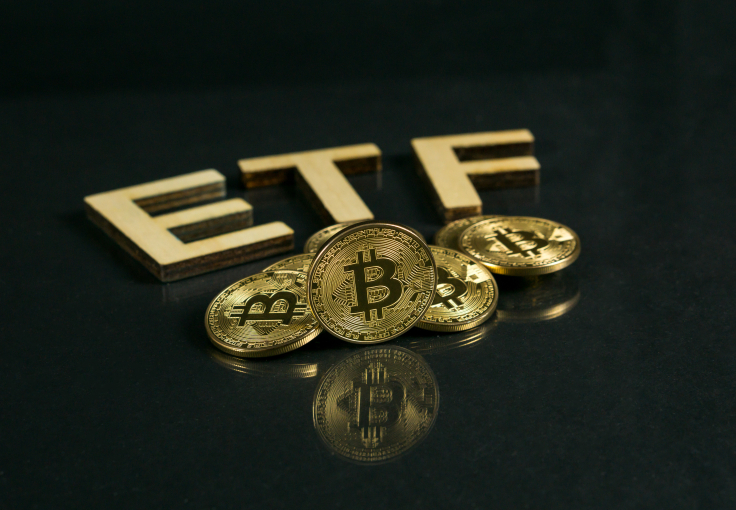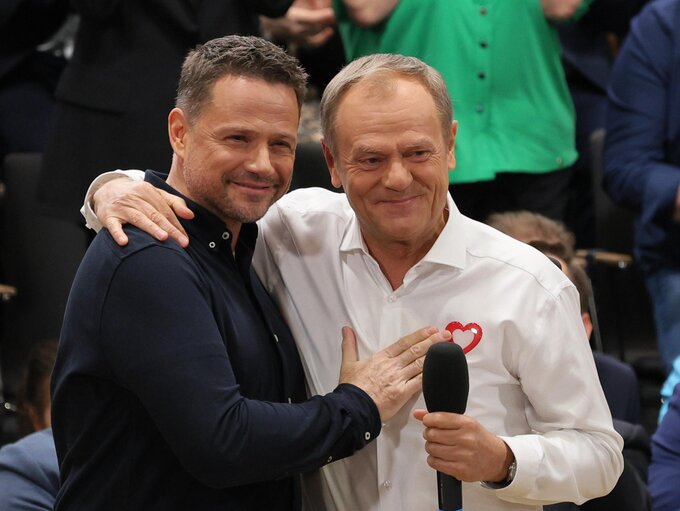Conclave: The Process Of Electing The Pope

Table of Contents
The Circumstances Leading to a Conclave
The process of electing a new Pope, known as the Papal Conclave, is triggered by a vacancy in the Holy See—the sede vacante. This vacancy occurs upon the death, resignation, or abdication of the reigning Pope. The moment a Pope dies or formally resigns, a complex series of events begins, all leading towards the selection of his successor.
- The Role of the College of Cardinals: The College of Cardinals, composed of high-ranking clergy appointed by the Pope, is the body responsible for initiating the conclave. They are the electors, and their roles are vital in ensuring a smooth and legitimate transition of leadership.
- Announcement of the Sede Vacante: The death or resignation is formally announced, marking the beginning of the sede vacante period. This announcement signifies the commencement of the interregnum – the period between popes.
- Period of Mourning and Preparation: A period of mourning and reflection follows the announcement, allowing time for prayer and preparation for the upcoming conclave. This time is crucial for the cardinals to contemplate the qualities needed in the next Pope.
- The Importance of the Consistory: Before the conclave begins, a consistory, a formal meeting of cardinals, is held. This meeting serves as a final opportunity for the cardinals to discuss the situation and prepare for the upcoming election process. The consistory addresses logistical and procedural matters related to the conclave.
The Pre-Conclave Preparations
Before the cardinals gather in the Sistine Chapel, extensive logistical and procedural preparations are undertaken to ensure the smooth running of the conclave. This phase is crucial to maintaining secrecy and order during the election.
- Securing the Sistine Chapel: The Sistine Chapel, the venue for the conclave, is meticulously secured. Communication lines are set up, and security personnel are deployed to ensure the utmost confidentiality and prevent outside interference.
- Housing and Security Arrangements for Cardinals: Accommodation and security arrangements are made for the cardinals, who are sequestered during the conclave. Their privacy and safety are paramount.
- Verification of Cardinal Eligibility: The eligibility of each cardinal to participate in the conclave is rigorously verified. Only cardinals under 80 years of age are eligible to vote.
- Establishing Communication Protocols: Strict communication protocols are established to maintain secrecy and prevent any external influence during the election.
The Process Inside the Conclave
The conclave itself is a highly secretive process. The cardinals, under oath of secrecy, gather in the Sistine Chapel to elect the next Pope. The voting process, called scrutiny, is central to this stage.
- Oath of Secrecy: Before the voting commences, each cardinal takes a solemn oath of secrecy, promising to keep the proceedings confidential. Breaking this oath carries severe consequences.
- Mechanics of the Voting Process: The voting involves writing the name of their chosen candidate on a ballot. These ballots are then collected, counted, and burned. The burning of ballots produces smoke – black smoke signals an inconclusive vote, while white smoke signifies the election of a new Pope.
- Two-Thirds Majority Requirement: A two-thirds majority is required for the election of a Pope. This threshold ensures a strong consensus among the cardinals. If no candidate achieves this majority in several rounds of voting, the process continues until a decision is reached.
- Role of the Master of Ceremonies: The Master of Ceremonies plays a crucial role in managing the conclave, overseeing the voting process, and ensuring the smooth running of the proceedings.
Dealing with Deadlocks and Impasses
If the conclave prolongs, and no candidate secures the necessary two-thirds majority, procedures are in place to address potential deadlocks.
- Extended Deliberations: The cardinals engage in further deliberations, discussions, and prayer to reach a consensus. This can lead to extended periods of voting and reflection.
- Impact of Prolonged Conclaves: Prolonged conclaves can have an impact on the Church, creating uncertainty and potentially delaying crucial decisions. Historically, lengthy conclaves have underscored the challenges of reaching a consensus among cardinals with diverse perspectives.
- Historical Examples: History offers several examples of lengthy conclaves, highlighting the complexities and challenges involved in selecting a new Pope. These historical instances offer valuable insights into the dynamics and pressures within the College of Cardinals during these crucial moments.
The Announcement of the New Pope – Habemus Papam!
The moment a new Pope is elected is marked by the iconic announcement: "Habemus Papam!" (We have a Pope!).
- White Smoke Signal: The burning of the ballots produces white smoke, signaling to the world that a new Pope has been chosen. This simple yet powerful visual signal ends the period of uncertainty.
- Significance of Habemus Papam!: The announcement, made from the balcony of St. Peter's Basilica, is a moment of profound significance for the Catholic Church and the world.
- First Appearance of the New Pope: The newly elected Pope then appears on the balcony to greet the assembled crowds and formally accept his new role as the head of the Catholic Church.
- Subsequent Ceremonies and Events: A series of ceremonies and events follow the announcement, officially installing the new Pope and marking the beginning of his papacy.
Conclusion
The Papal Conclave is a complex and fascinating process, rich in history and tradition. Understanding the steps involved, from the initial preparations to the dramatic announcement of "Habemus Papam!", offers valuable insight into the workings of the Catholic Church. This detailed examination of the Papal Conclave has explored the crucial elements of electing the next Pope. To delve even deeper into this significant event, further research into the history of Papal Conclaves is recommended. Learn more about the intricacies of the Papal Conclave and its significance in shaping the future of the Catholic Church. Gain a deeper understanding of this pivotal process by exploring the rich history and intricacies of the Papal Conclave.

Featured Posts
-
 Xrps Path To A Record High The Influence Of Grayscales Etf Application
May 07, 2025
Xrps Path To A Record High The Influence Of Grayscales Etf Application
May 07, 2025 -
 2 1 1 0
May 07, 2025
2 1 1 0
May 07, 2025 -
 Wyniki Sondazu Prezydenckiego Onetu Analiza Dla Trzaskowskiego I Nawrockiego
May 07, 2025
Wyniki Sondazu Prezydenckiego Onetu Analiza Dla Trzaskowskiego I Nawrockiego
May 07, 2025 -
 Le Vert Free Agency Report On Cavaliers Concerns
May 07, 2025
Le Vert Free Agency Report On Cavaliers Concerns
May 07, 2025 -
 Nintendo Direct March 2025 Speculation On Ps 5 And Ps 4 Game Reveals
May 07, 2025
Nintendo Direct March 2025 Speculation On Ps 5 And Ps 4 Game Reveals
May 07, 2025
